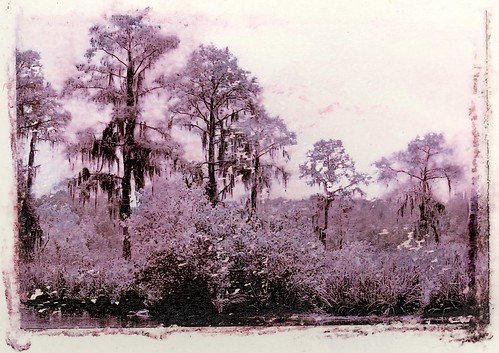Ken Wronkiewicz posted a rebuttal to my recent article, Why are we still shooting slide film?, bringing up something I completely failed to consider: slide film has a greater Drange (density range) than print film does. This means that while you give up dynamic range, you get a significantly better contrast range in what you do capture.
In light of this excellent point, I’ll keep shooting slides in low-contrast lighting such as overcast days. You can always get rid of unwanted contrast after the fact, but you can’t add it if you didn’t capture it in the first place.
Check out Ken’s complete explanation at wireheadarts.com.
